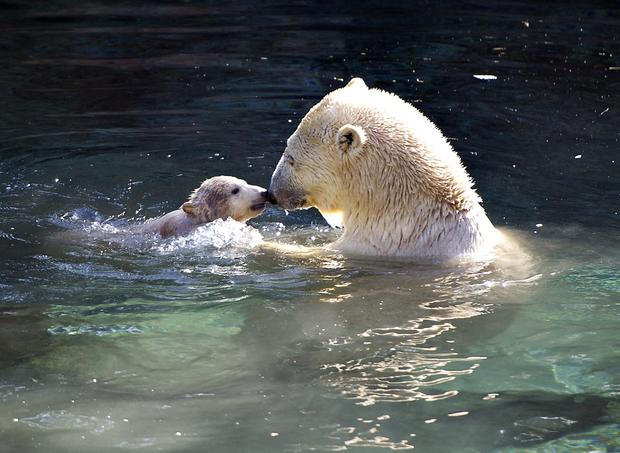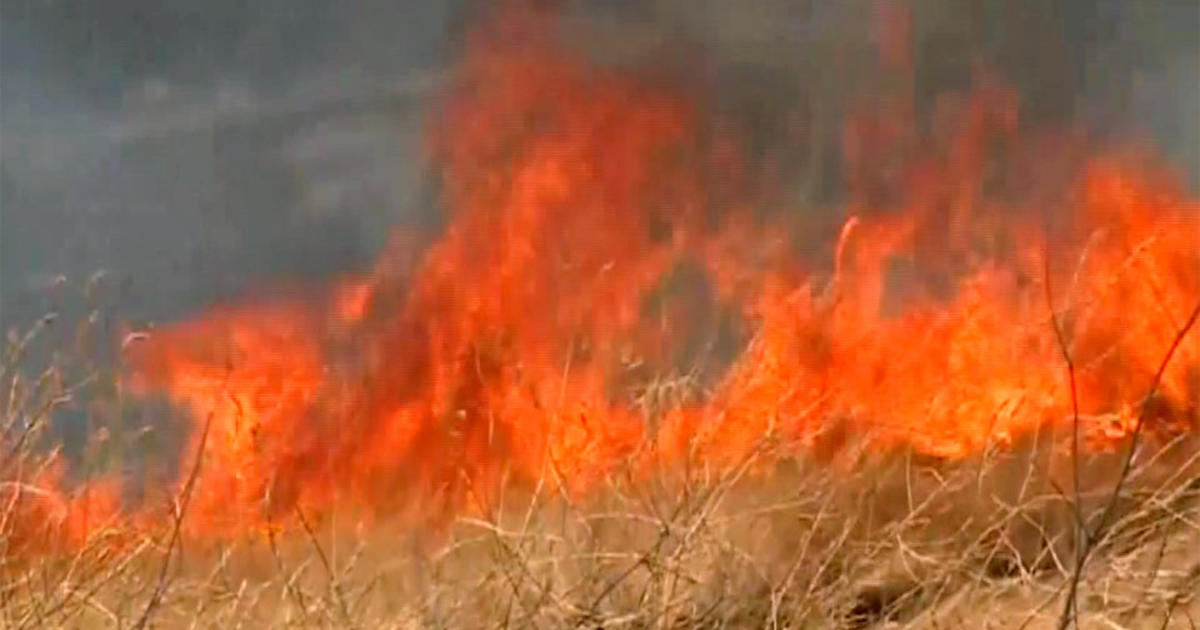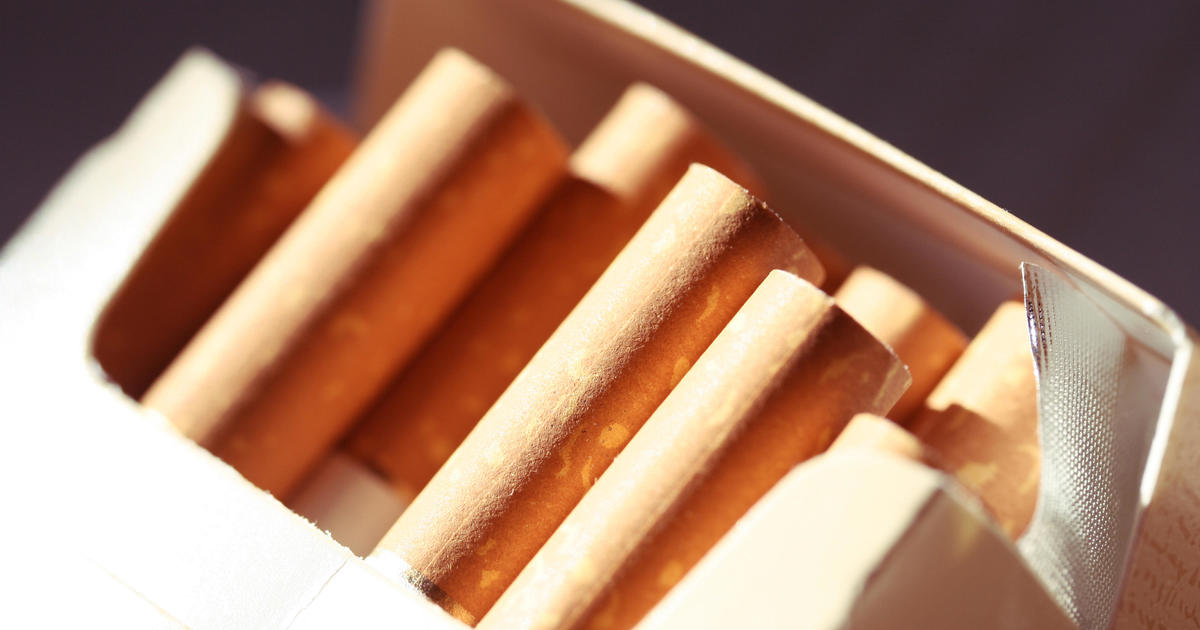Lauren's Science Corner: Beware The Pizzly!
As an avid backpacker, one of the most shaking-in-your-hiking-boots inducing scenes is the grizzly bear lumbering into your line of sight.
Now, the bloodline of one of nature's most powerful and fascinating land-bound apex predators is merging with an animal atop the Arctic food chain, the polar bear—yielding a fearsome hybrid referred to as the "pizzly" or "grolar" bear.
The breeding of these king creatures is likely the result of habitat overlap caused by global climate change.
Each year, Arctic sea ice extent reaches its minimum in September following the summer melting season. Satellite data reflects that September sea ice expanse is decreasing by ~12 percent every decade since measurements began in 1978.
And while the ice extent is decreasing, the length of the melt season is increasing. A recent study by researchers from the National Snow and Ice Data Center and NASA shows that the length of the melt season for Arctic sea ice is growing by several days each decade.
Both the rapid decline in sea ice and the increase in melt season are largely attributable to increased Arctic temperatures due to human-induced global warming.
According to the United States Geological Survey's Alaska Science Center, "polar bears are tied to the sea ice for nearly all of their life cycle functions." Most critically, Arctic sea ice serves as the polar bear's primary hunting ground in their quest for seal consumption.
Unlike grizzlies, which are omnivores (consumes both plants and animals) polar bears are carnivores with a diet consisting almost exclusively of ringed and bearded seals.
Reduced total sea ice area and reduced sea ice duration compromises is proving detrimental to these pagophilic (ice-loving) mammals—leading to reduced hunting efficiency and thus increased incidents of starvation, decreased birth rates and cub survival rates, and even incidents of drowning.
As warming Arctic depletes the polar bear's habitat, the grizzly's is expanding as they continue to migrate into territory once exclusive to the polar bear.
Up until 25 years ago, sightings of grizzlies in the High Arctic were extremely rare, yet the effects of climate change are eroding the barriers which once precluded the grizzly from travelling into the high North—including extreme cold and expansive sea ice.
As grizzly bears move northward and polar bears are forced to spend a longer duration on land, the chance of encounter and thus the chance for hybridization increases. Though a pizzly bear is clearly a totally awesome creature, hybridization may not be a good thing for either parent species.
Cross-breeding diminishes the uniqueness of a gene pool and thus compromises genetic characteristics that have helped each animal adapt to its specific environment. Hybridization can result in infertile off-spring as well as introduction of invasive diseases to which non-hybrid members of the species are not immune.
In addition to polar and grizzly bears, cross-breeding has recently been documented in a wide-range within the animal kingdom, including the southern flying squirrel and northern flying squirrel, the bowhead whale and right whale, cutthroat trout and rainbow trout, harp seals and ringed seals, and a narwhal and a beluga.
Not only does global warming-influenced hybridization muddy the genetic pools of some of the world's most fascinating creatures, but threatens to erode the characteristics specific to each species that we humans have long marveled at; from the protruding tusk of the narwhal to the brilliant white fur of the polar bear.




